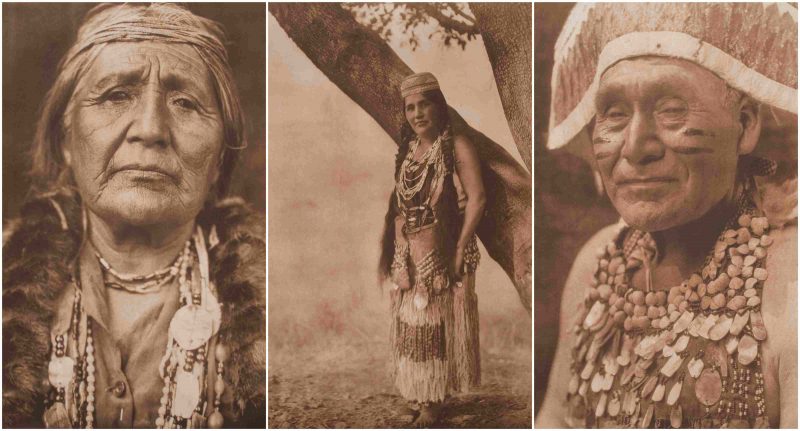The Hupa, the Native American tribe of the Athabaskan-speaking ethnolinguistic group, migrated into northern California around 1000CE and settled in Hoopa Valley, California.
The Hupa called themselves Natinixwe, also spelled Natinook-wa, meaning “People of the Place Where the Trails Return.”
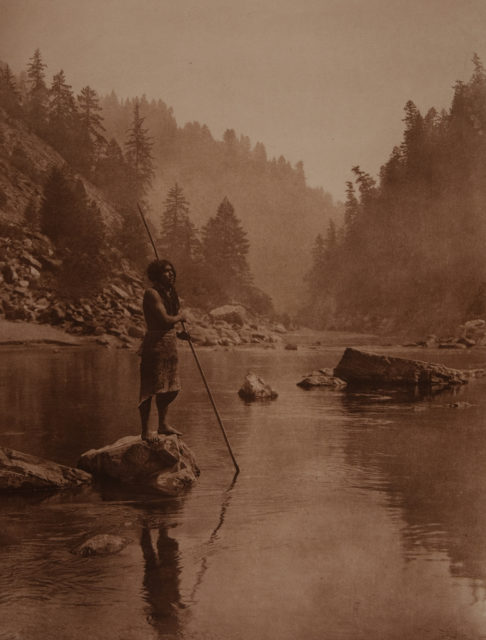
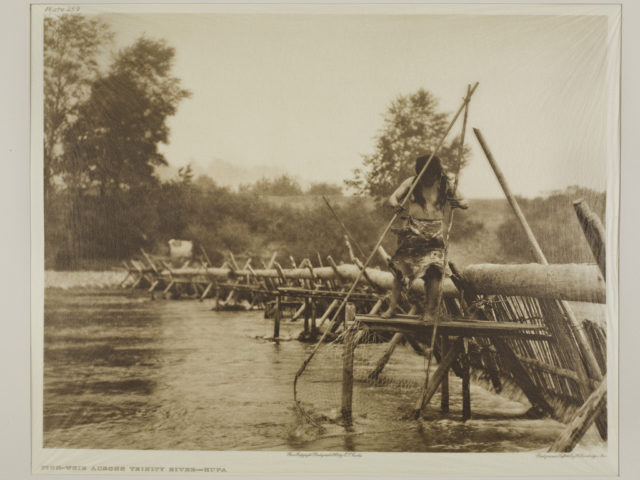
Hupa’s land extended from the South Fork of the Trinity River to Hoopa Valley, to the Klamath River in California. Their dugout canoes, red cedar planked houses, and other elements of their oral literature identify Hupa with their northern origin, while some of the customs they practiced, including the manufacturing of acorn bread and traditional sweat lodges for ceremonies, were adopted from the neighboring tribes of California.
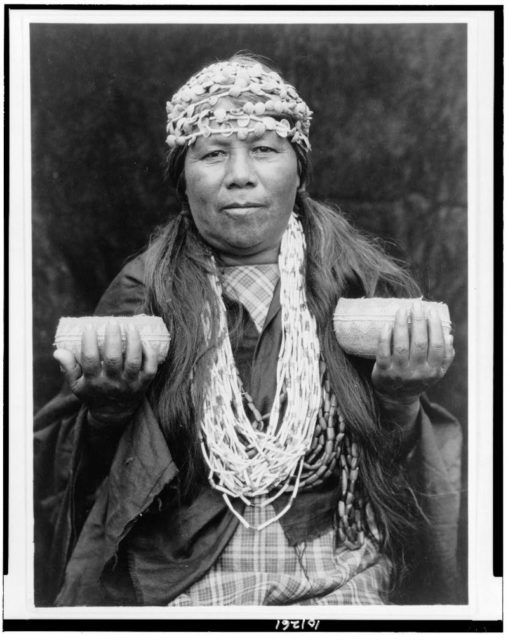
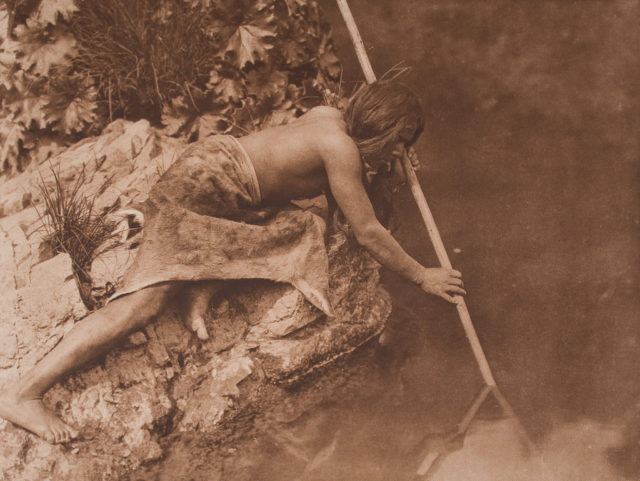
Before the 1849 California Gold Rush had brought an intrusion of gold seeking miners onto their lands, the Hupa had limited contact with non-native people. In 1864, the United States government officially recognized the Hupa tribe’s sovereignty over their land and signed a treaty.
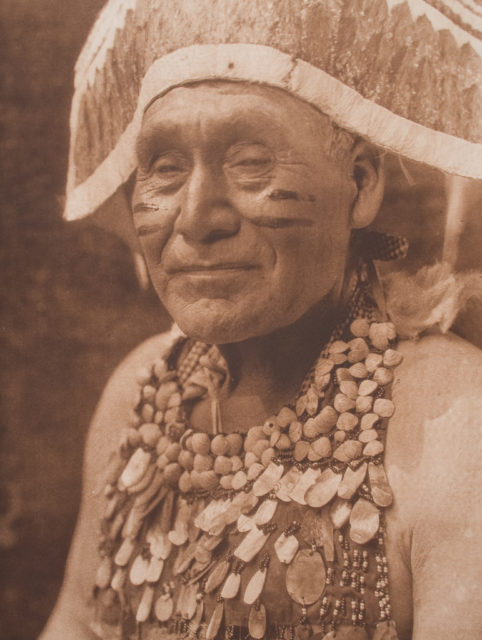
Like most of the tribes of this area, the Hupa fished for salmon in the Trinity and Klamath rivers using the method fish weir.
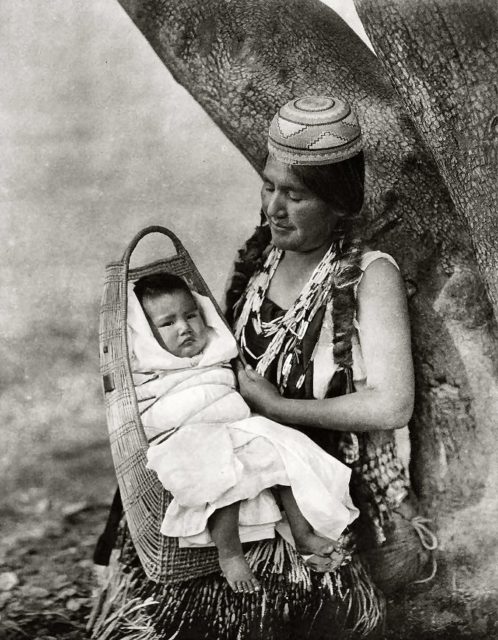
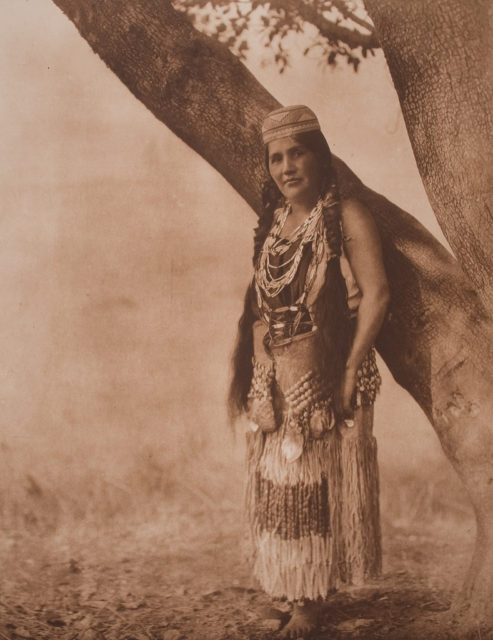
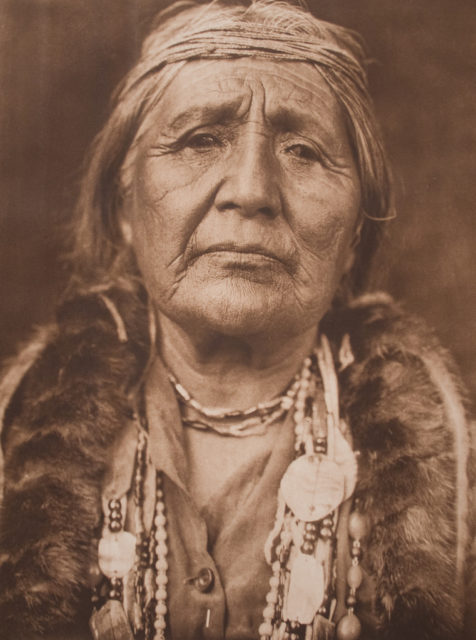
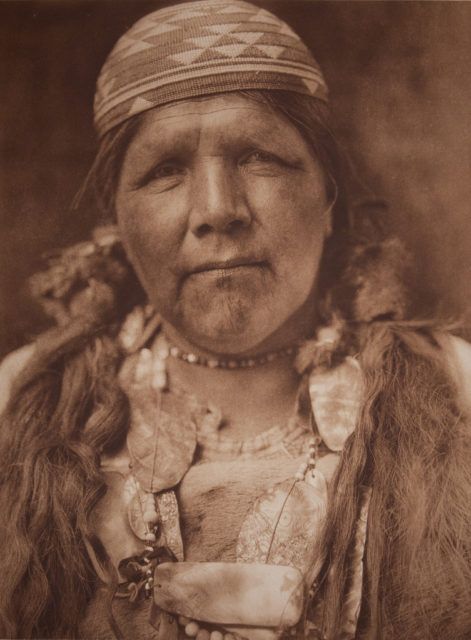
The population of the Hupa in 1910 was estimated to be around 500, while in 1943 it was over 1000. According to the 2000 census, the Hoopa Valley reservation has a resident population of 2,633.
Hupa is one of the few California tribes not forced from their homeland. The reservation called the Hoopa Valley, where the Hupa now reside is next to the territory of the Yurok at the connection of the Klamath and Trinity Rivers in northeastern Humboldt County.
The reservation has a land area of 141 square miles.
